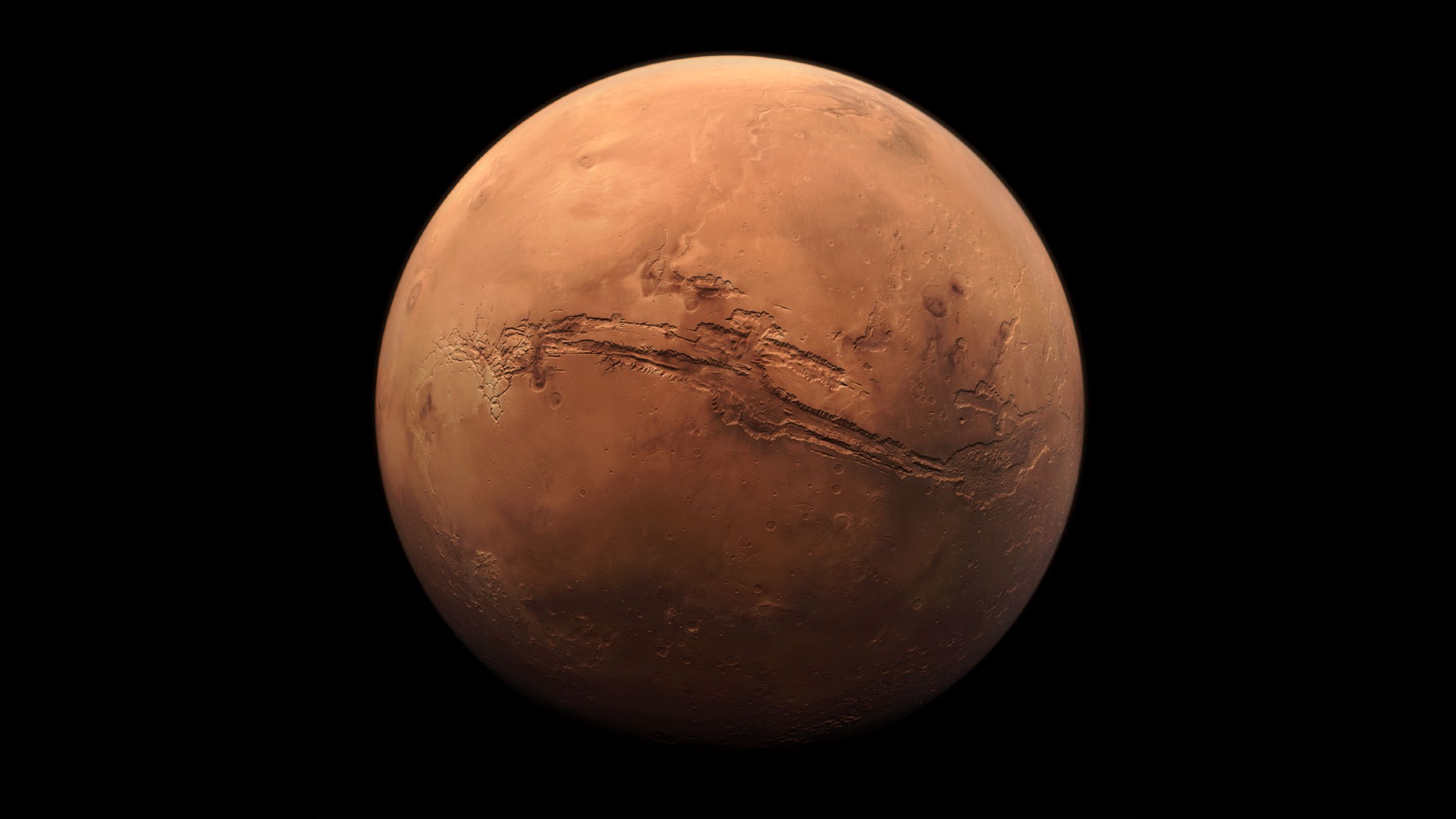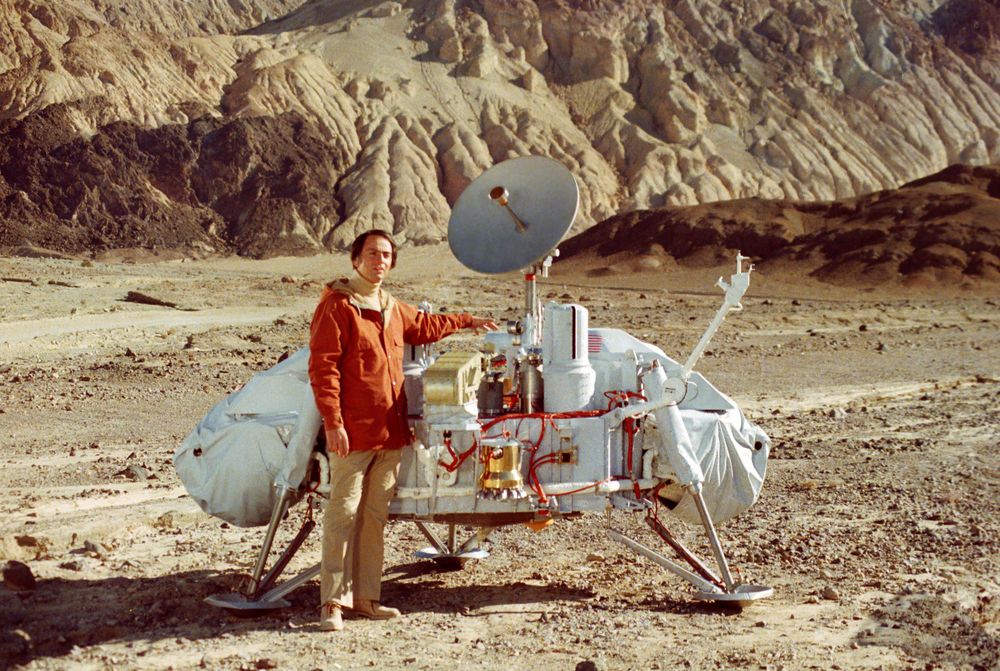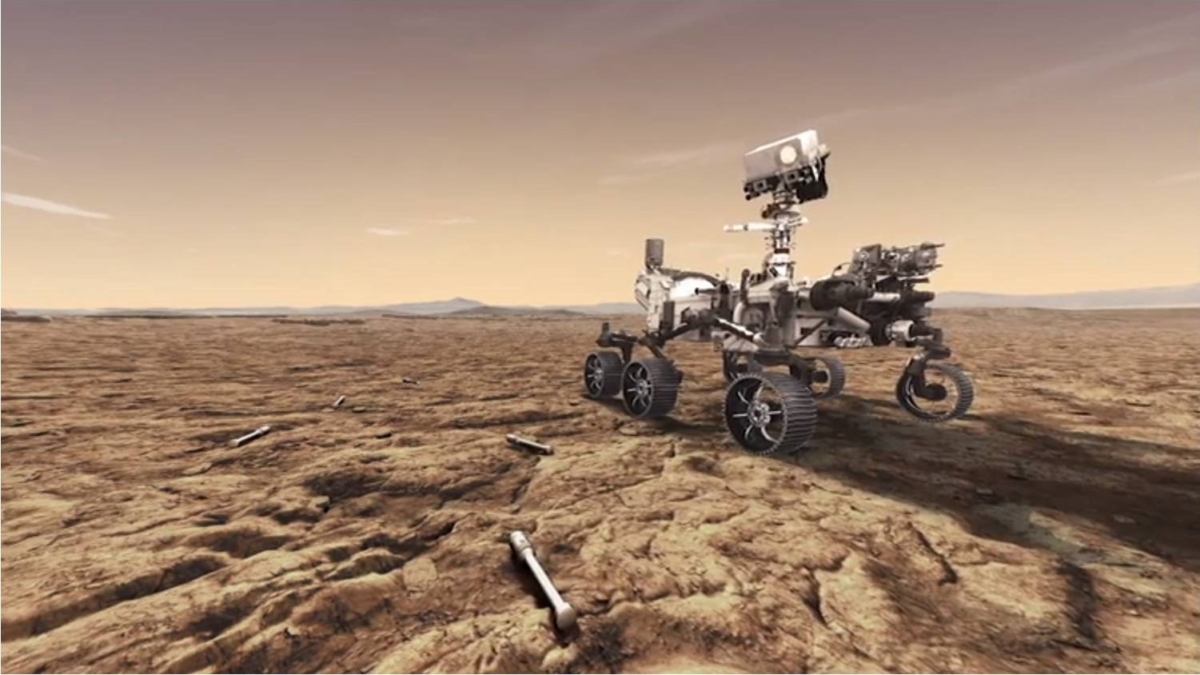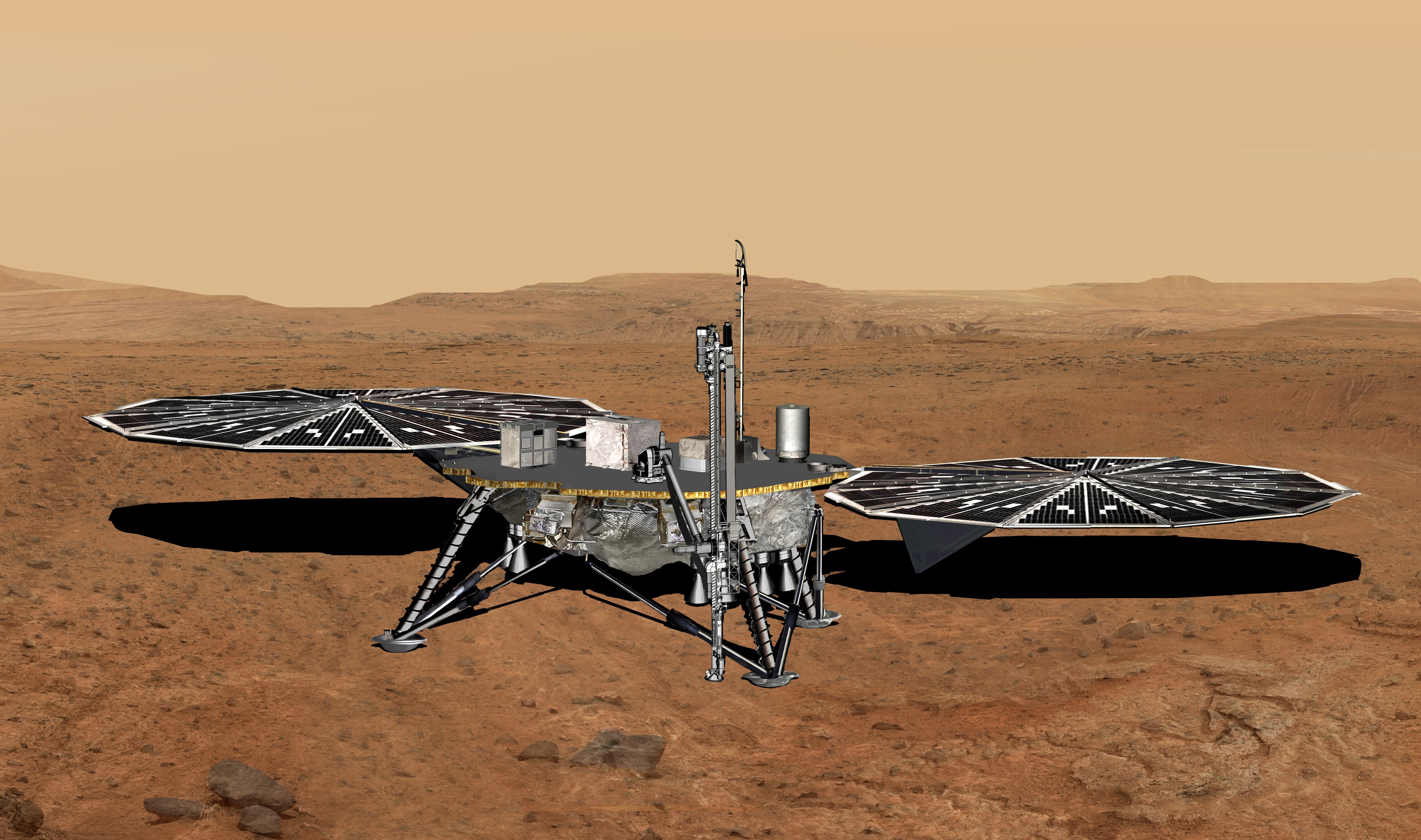
If life exists on Mars, don't count on sample-return missions to find it, scientists say
"There is an inevitable tension in Mars sample return and the search for life."

While the clamoring to bring bits and pieces of Mars back to Earth for intensive study continues, scientists are also devising instruments and techniques that can be sent to the Red Planet to perform on-the-spot probes for life. Could these low-cost approaches usurp the early need for samples shot directly from Mars?
That option brings to mind the comment from Marcel Proust — a French novelist, literary critic, and essayist who wrote the novel In Search of Lost Time: "The real voyage of discovery consists not in seeking new landscapes, but in having new eyes." For the discovery of prior life on Mars, a sample return program would work best, but if we want to discover present-day life on the Red Planet, doing so with instruments right there on Mars is the way to go.
That's the view of Dirk Schulze-Makuch, a professor for astrobiology and planetary habitability at the Technical University Berlin in Germany. Additionally, he thinks currently available methodologies are suitable and far enough developed to determine whether there is life on Mars.
"However, in order to get unambiguous results we would have to put a suite of several of these methodologies together," Schulze-Makuch told Space.com.
Related: NASA's troubled Mars sample-return mission has scientists seeing red
Enigmatic chemical activity
Schulze-Makuch points back in time to the dual NASA Viking lander missions in the 1970s. It was a heady time for trying to answer a provocative question: Is Mars an abode for life?
While biology experiments detected unexpected and enigmatic chemical activity in the Martian soil, a majority of Viking Mars investigators leaned toward no clear, slam dunk proof for the presence of living microorganisms in soil near the landing sites.
Get the Space.com Newsletter
Breaking space news, the latest updates on rocket launches, skywatching events and more!
Arguably, the twin Viking landers did respond to the life on Mars query by responding: Can you repeat the question?
"In principle the Viking approach was correct," Schulze-Makuch said. "The problem at that time, nearly 50 years ago, was that our methods were not as sophisticated yet. We did not have a good understanding about the Martian environments. We have made major advances in both regards," the astrobiologist said.

Difficult to interpret
Schulze-Makuch said it's true that with Mars sample return, scientists can apply even more of our most sophisticated methods, including those not yet available for a space mission.
But due to the long time period a soil sample is boxed up — both on the surface of Mars and during the long haul from Mars to Earth, "we would likely only find organic remnants of possible life, which would be difficult to interpret. This approach would work well for past life on Mars," Schulze-Makuch said, "but if our goal is to find extant life, then an in-situ mission is the way to go."
Viking results
"There is an inevitable tension in Mars sample return and the search for life," said Chris McKay, a space scientist at NASA's Ames Research Center in Silicon Valley, California.
"It is clearly the case that the best search for life would be done on samples in laboratories on Earth," McKay told Space.com. "But the prospect of bringing back a sample that may have Martian life in it gives many people pause and indeed is regulated, some might say prohibited, by the [United Nations] Outer Space Treaty."
Can we assume based on the Viking results that there is no life on the surface of Mars?
"My answer to this is yes and no," McKay responded. The Mars researcher underscores data gleaned by Viking in 1976, the NASA Phoenix lander discovery of perchlorate in 2007, as well as the analysis from the still-cranking Curiosity Mars rover that showed low levels of organics since landing in 2012.
"Most Mars scientists contend that the reactivity seen in the Martian soil is chemical and there is no surface biology now. So yes," McKay said. "But No. This view is not unanimous," he said, citing the case for extant life on Mars and its possible detection by the Viking labeled release experiment.

Public opinion
NASA and the Committee on Space Research (COSPAR), an interdisciplinary scientific body, both consider any sample return from Mars as a potential biological risk, said McKay.
McKay said he has argued in print that "the standard of evidence to achieve scientific consensus is clearly lower than the standard that must be applied to the precautionary protection of the Earth. Life may not be the scientifically preferred explanation for the [Viking Labeled Release] results but it cannot yet be ruled out."
It may well be that public opinion or legal procedure, McKay said "will not support an assumption of no life on Mars for the purposes of sample or astronaut return to Earth without further analyses on Mars, regardless of the scientific consensus," he concluded.
Maturation pipeline
One potential NASA mission that has gained support is the Mars Life Explorer (MLE). This deep-digging lander would focus on a search for signs of currently existing Red Planet life.
MLE received a hearty endorsement from the most recent planetary science decadal survey, a report by the U.S. National Academies of Sciences, Engineering and Medicine that was issued in April 2022.
The instrument suite on MLE is designed to be "instrument agnostic," said astrobiologist and MLE's "science champion," Amy Williams, an assistant professor in the University of Florida's Department of Geological Sciences in Gainesville.
There are suites of instruments that already exist that could fly with the proposed MLE, or new instruments and technologies that are currently in the maturation pipeline that could be swapped in, Williams told Space.com. "There are very real opportunities for alternative and novel instruments to join the mission."

Life screening
In the interim, research teams are pioneering the SOLID ("Signs Of LIfe Detector"), work carried out by Spain's Center for Astrobiology. There's also a Microfluidic Life Analyzer, or MILA, that has evolved at NASA's Jet Propulsion Laboratory.
Or how about building an instrument to be used during robotic ice mining missions, a high-tech device to seek Martian life thriving today?
That approach is underway by Steven Benner, founder of the Foundation for Applied Molecular Evolution and Firebird Biomolecular Sciences LLC.
In fact, the Agnostic Life Finding Association (ALFA) has been established, with both Benner and Jan Špaček, inventor of the Agnostic Life Finder (ALF), as leadership members.
"The only way to achieve the goal of ALFA Mars is to conduct the life screening of Mars before the first humans land there," the association's website declares.
So, in the end, it appears that the "whether or not" forecast about life on Mars remains foggy with patches of uncertainty.
Revisiting Carl Sagan's famous words that "extraordinary claims need extraordinary evidence," the take by astrobiologist Schulze-Makuch's is that "based on our current understanding of Mars, I think that the extraordinary claim is that Mars has no life and never had any life. We should finally go and find out!"
Join our Space Forums to keep talking space on the latest missions, night sky and more! And if you have a news tip, correction or comment, let us know at: community@space.com.

Leonard David is an award-winning space journalist who has been reporting on space activities for more than 50 years. Currently writing as Space.com's Space Insider Columnist among his other projects, Leonard has authored numerous books on space exploration, Mars missions and more, with his latest being "Moon Rush: The New Space Race" published in 2019 by National Geographic. He also wrote "Mars: Our Future on the Red Planet" released in 2016 by National Geographic. Leonard has served as a correspondent for SpaceNews, Scientific American and Aerospace America for the AIAA. He has received many awards, including the first Ordway Award for Sustained Excellence in Spaceflight History in 2015 at the AAS Wernher von Braun Memorial Symposium. You can find out Leonard's latest project at his website and on Twitter.









